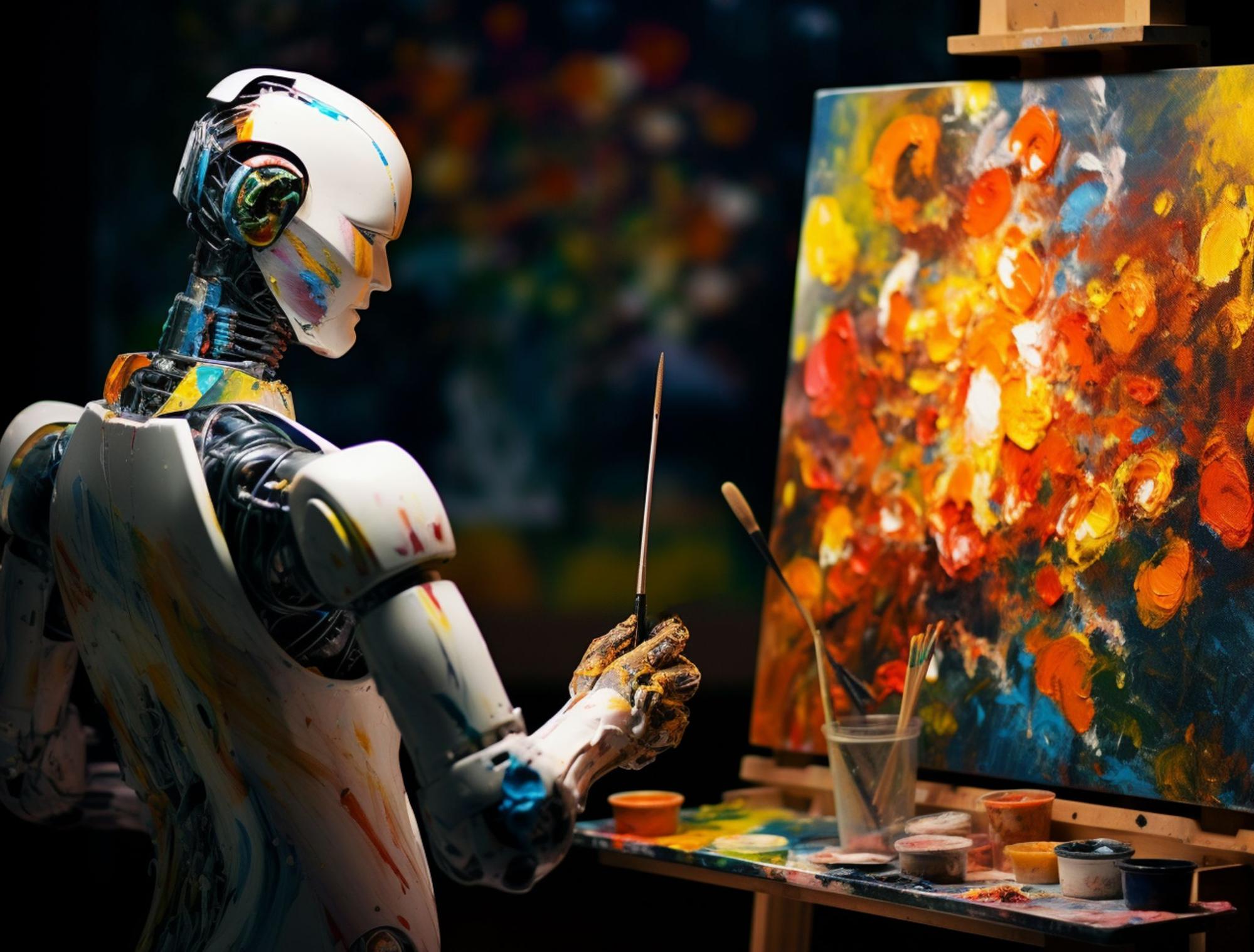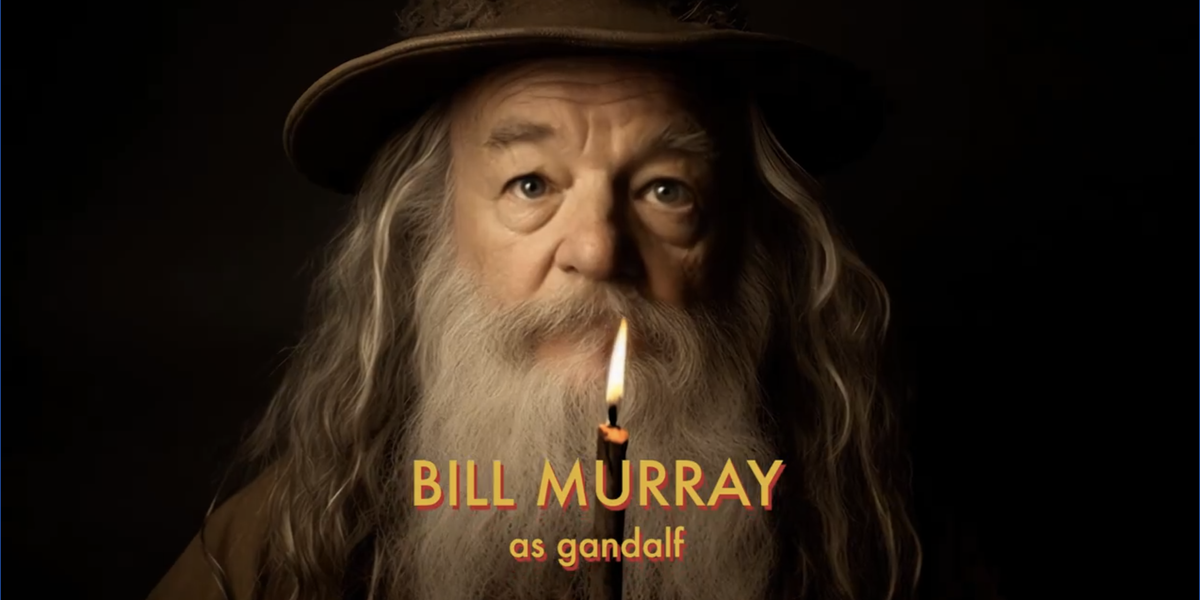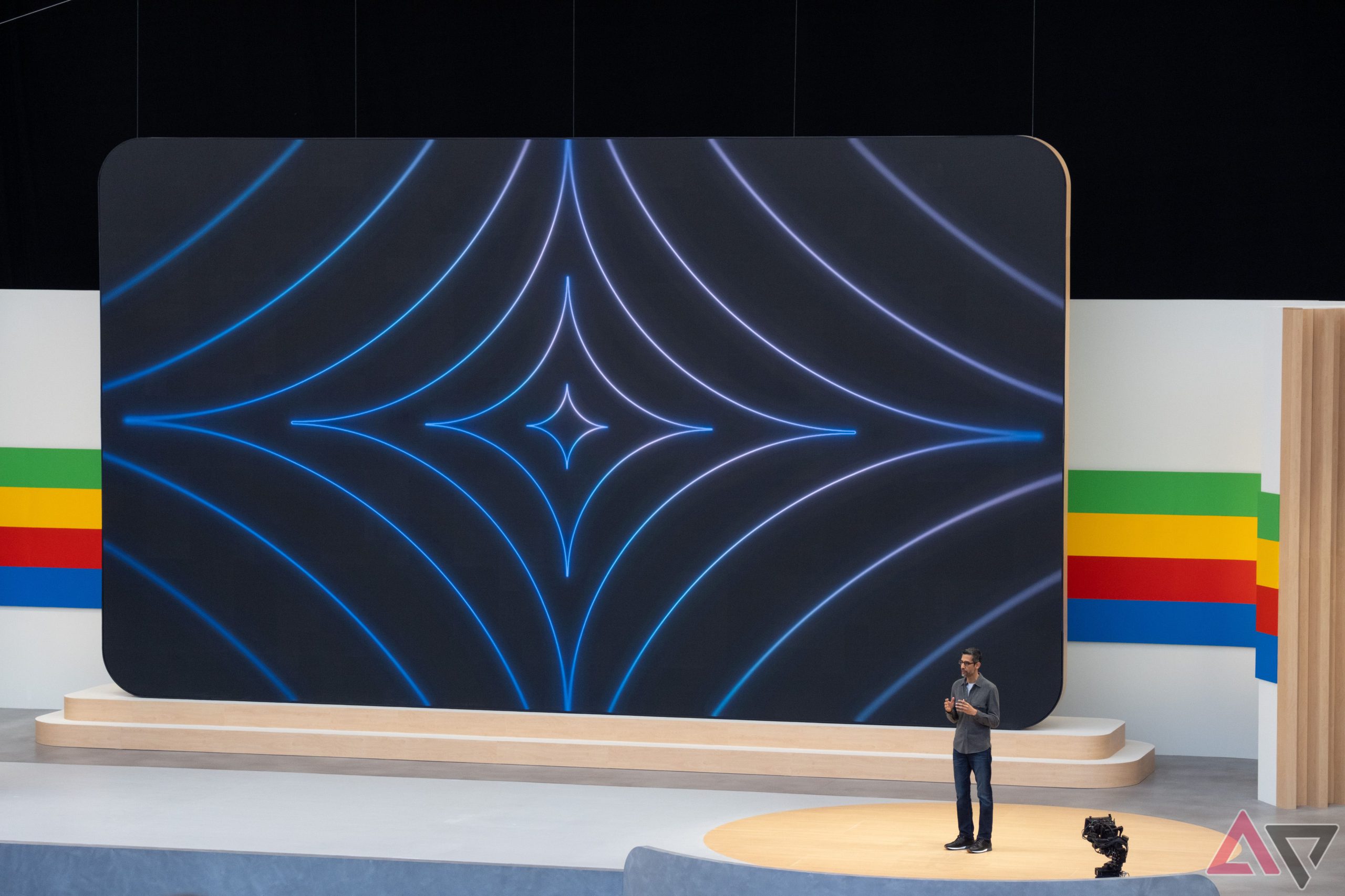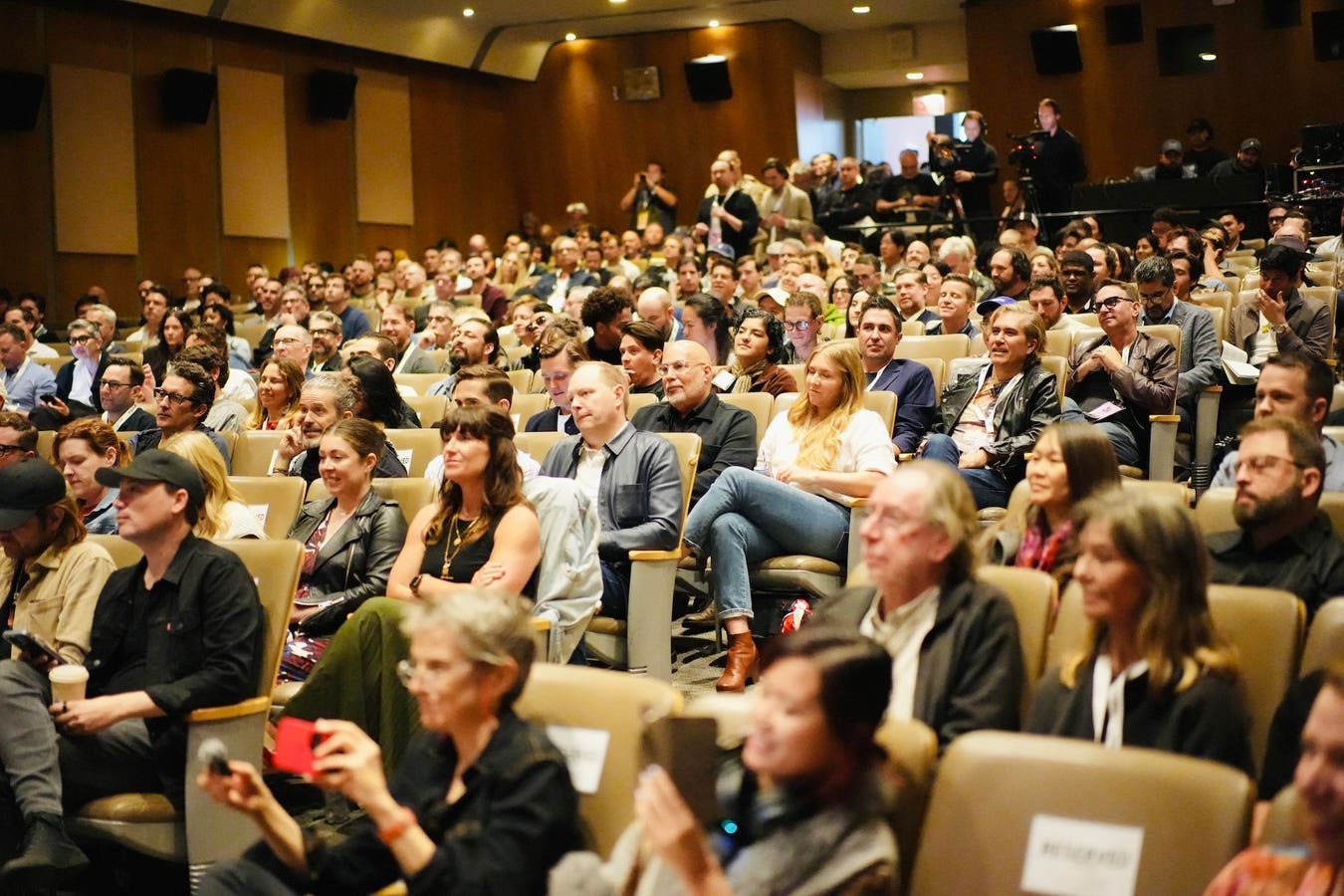Have you ever thought about how a computer can make art that looks like it was drawn by a person? AI art producers are at the cutting edge of a technological change that is blurring the lines between human creation and machine automation. With these tools, users can use algorithms and machine learning to make one-of-a-kind works of art. But how do these methods really work? This piece really gets into how AI art makers work, looking at the tools that make them work, how they are taught, and how they are changing the art world.
The Impact of AI on the World
Artificial intelligence is completely changing a lot of areas around the world. For example, healthcare, banking, education, and environmental management are all being completely changed. AI technologies are making big steps forward in healthcare by making diagnoses more accurate and patient care better. These technologies make tests faster and more accurate, which helps find diseases earlier and make better treatment plans. In the financial sector, AI handles a lot of complicated tasks like high-frequency trading and comprehensive risk assessment. This helps make decisions and run operations more efficiently. Since AI tools have been introduced, the educational field has changed in amazing ways. These tools, which greatly improve student learning results, range from systems that support individual learning to the synthesis essay writer. Also, AI helps people get better at making speeches and running their classes more smoothly, which makes school better. The use of AI helps those who care about the environment keep an eye on things and guess how they will change. This helps them do things that are better for the environment. But adding AI has problems, such as worries about ethics, privacy, and job loss. This means that there needs to be a balance between new ideas and the problems that come up when AI is used a lot.
When we look at all of AI’s affects, its part in the art world stands out. This is because these tools not only make things easier to do, but they also let people be creative and push the edges of what is possible in art.
What Are AI Art Generators?
AI art generators are software systems that create artwork using artificial intelligence. An important type of AI that they use a lot is called generative adversarial networks (GANs) or variational autoencoders (VAEs). These tools can understand things like texture, color, and shape that are important in art. This lets them make pictures that are anything from realistic photos to strange creative compositions.
These AI systems are made to learn from a huge collection of current art. They find complex patterns and styles in the art and copy them. What’s interesting is that these systems can make their own art that isn’t a straight copy of any other work. Instead, they mix different styles and ideas that they have learned from their training data.
Training AI to Create Art
The training process of an AI art generator is both complex and intriguing. It typically involves two main components: a generator and a discriminator. The generator creates images based on random inputs, which get progressively refined. The discriminator evaluates these images against a dataset of real artworks, deciding if they are “real” or “fake.” This process will keep going until the machine makes pictures that look exactly like real works of art.
You can train your brain to be a better artist by teaching it minor artistic methods and visual cues from different art times and styles. This is called adversarial training. This iterative process is very important for the AI to be able to make realistic, high-quality work.
How AI Interprets Artistic Style
One of the most impressive aspects of AI art generators is their ability to capture and recreate distinct artistic styles. But how does an AI system interpret style? The answer lies in deep neural networks that look at tens of thousands of works of art and learn to spot small changes in style, from Van Gogh’s brush strokes to Picasso’s geometric abstraction.
To learn what makes each style special and how to use these stylistic elements in new works, the AI can break these styles down into data points. Because these styles can be put together, artists can make brand-new, one-of-a-kind art that draws from both the past and the present.
Conclusion
AI art generators are not just a technological novelty but a catalyst for a new era in artistic creation. They use computers to understand art in a more complex way, which challenges our standard ideas about creation and visual expression. These tools will continue to amaze and make people think about the role of technology in art and society as they get better. AI art makers have made their way into the art world, and they are here to stay, whether they are called out or praised.




